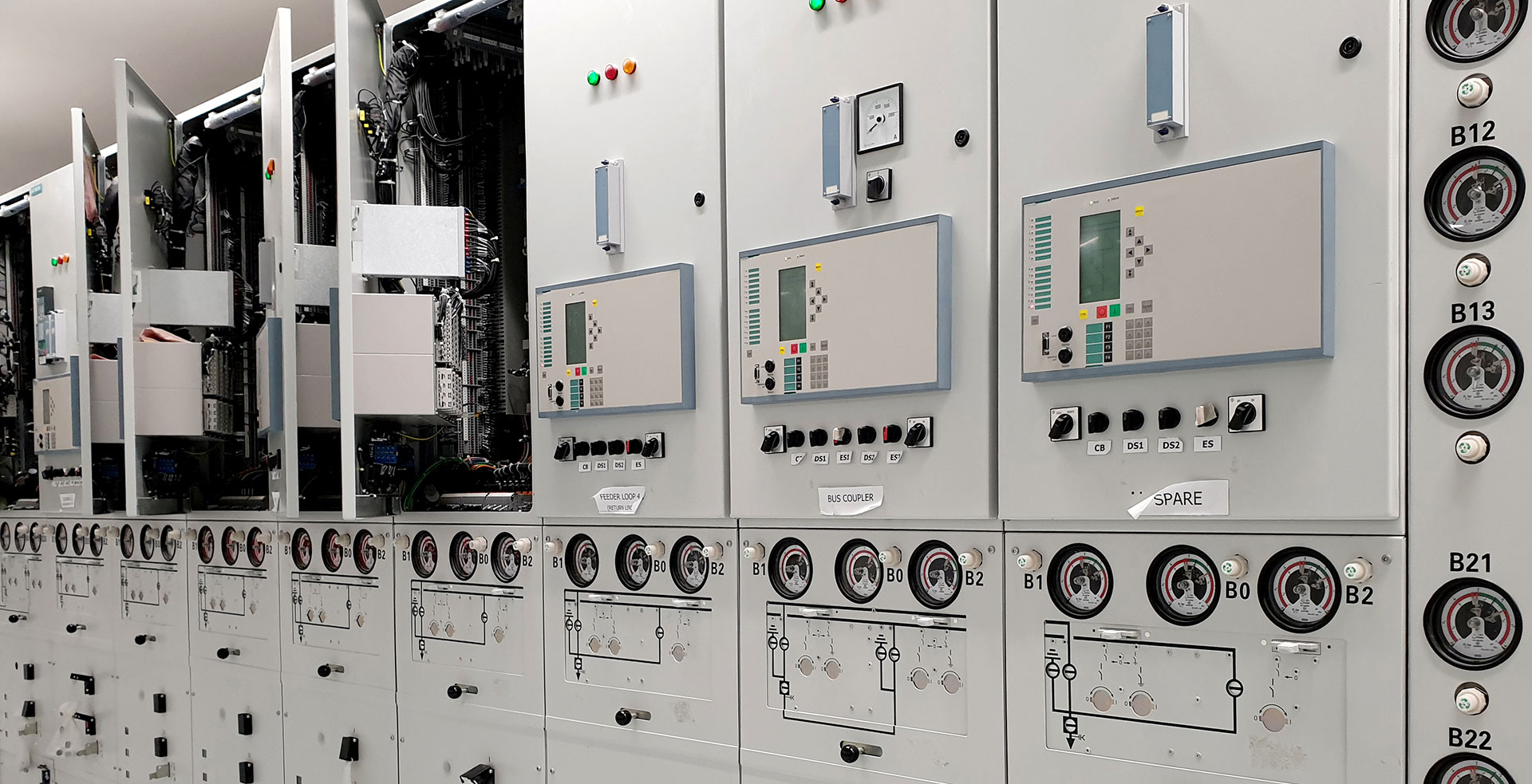Introduction:
In the dynamic landscape of India's energy sector, lead acid batteries have emerged as a crucial component, playing a pivotal role in various applications, from automotive to industrial and renewable energy storage. This blog delves into the intricate details of India's lead acid battery market, exploring its current status, growth drivers, challenges, and the role it plays in fostering sustainable energy solutions.
The Current Landscape:
India's lead acid battery market has witnessed significant growth in recent years, driven by a surge in demand across multiple sectors. These batteries, known for their reliability and cost-effectiveness, find applications in diverse industries, including automotive, telecommunications, uninterruptible power supply (UPS), and renewable energy storage.
Automotive Sector:
One of the primary drivers of the lead acid battery market in India is the automotive sector. As the country experiences robust growth in vehicle sales, particularly in the two-wheeler and four-wheeler segments, the demand for reliable and affordable energy storage solutions has skyrocketed. Lead acid batteries continue to dominate this space due to their mature technology and economical pricing.
Industrial Applications:
Beyond the automotive sector, lead acid batteries are extensively utilized in industrial applications, providing backup power for critical systems and equipment. Industries such as telecommunications, power plants, and manufacturing facilities rely on these batteries to ensure uninterrupted operations during power outages.
Renewable Energy Storage:
In the quest for sustainable energy solutions, lead acid batteries have found a new role in storing energy generated from renewable sources. As India accelerates its transition towards clean energy, these batteries are serving as an essential component in solar and wind energy systems, balancing the intermittent nature of renewable power generation.
Growth Drivers:
Several factors contribute to the growth of India's lead acid battery market:
- Increasing Automotive Sales: With the rising number of vehicles on Indian roads, the demand for automotive batteries continues to surge.
- Industrial Expansion: As industries expand and modernize, the need for reliable backup power solutions has become paramount, driving the demand for lead acid batteries.
- Rising Renewable Energy Adoption: The shift towards renewable energy sources has created opportunities for lead acid batteries to store and manage the intermittent power generated by solar and wind installations.
Challenges:
While the lead acid battery market in India is thriving, it faces certain challenges:
- Environmental Concerns: Lead acid batteries contain hazardous materials, posing environmental challenges related to disposal and recycling.
- Technology Advancements: With the rapid evolution of battery technologies, there is a need for continuous innovation to ensure lead acid batteries remain competitive in terms of efficiency and sustainability.
Conclusion:
India's lead acid battery market is at the crossroads of traditional reliability and innovative adaptation to meet the evolving energy landscape. As the country continues its journey towards a sustainable and energy-efficient future, the lead acid battery market will play a crucial role in powering progress across various sectors. Balancing economic viability with environmental sustainability will be key to ensuring a thriving market that contributes to India's energy resilience.



